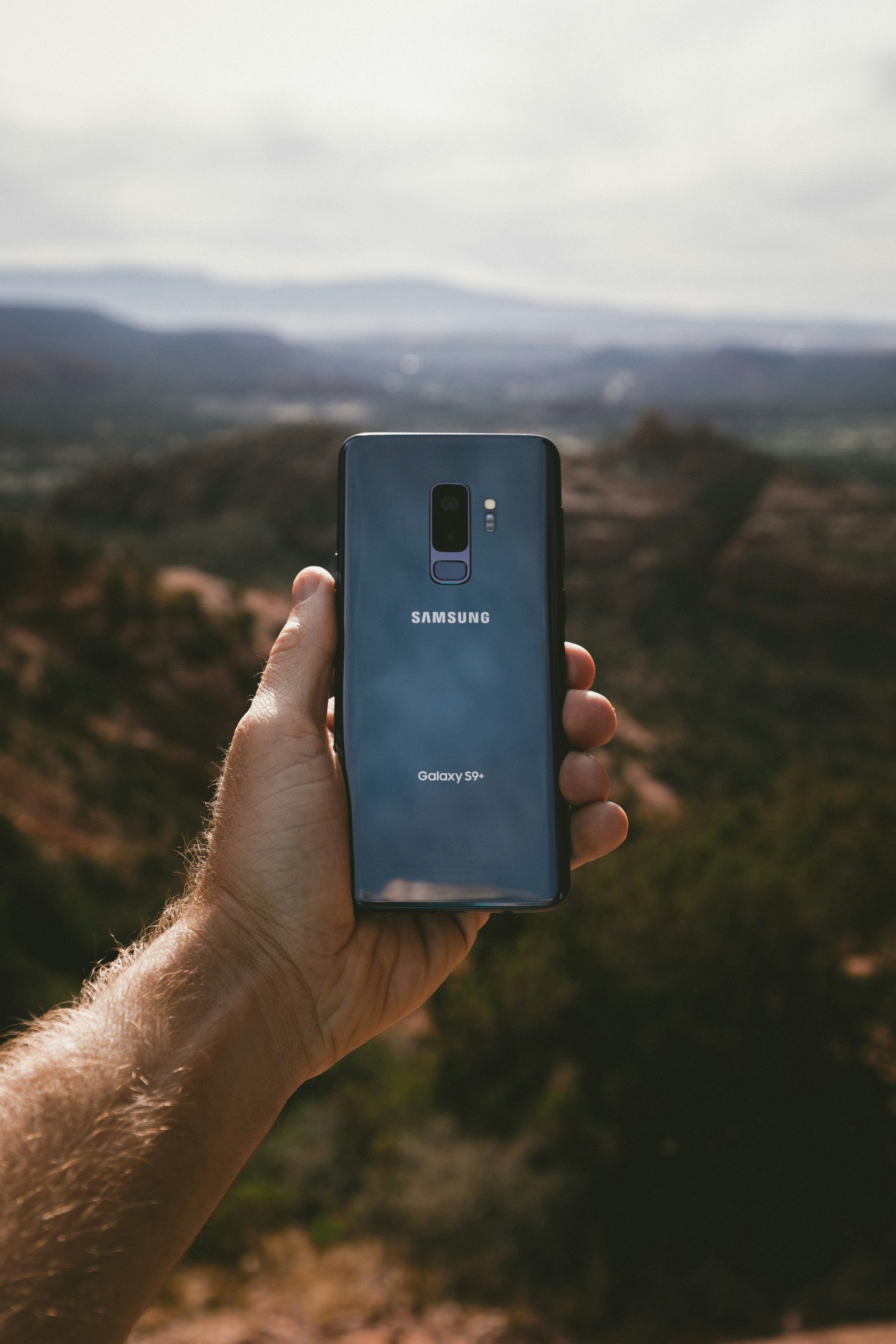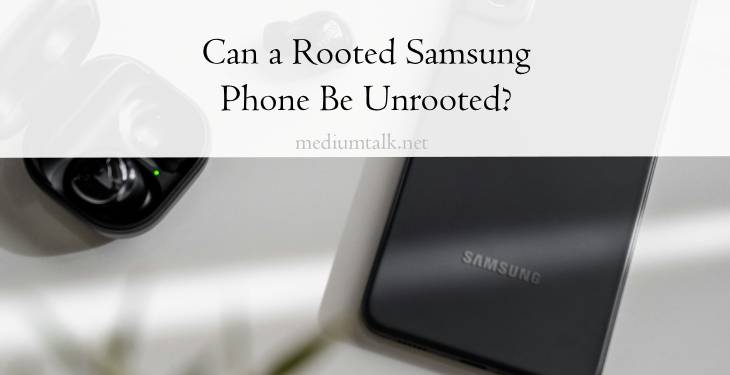Rooting a Samsung phone unlocks a world of possibilities, giving you full control over your device. It allows you to access system files, remove bloatware, install custom ROMs, and tweak your phone’s performance. However, there are situations where you might want to unroot your phone, either to restore its warranty, improve its security, or receive official software updates. The good news is that yes, a rooted Samsung phone can indeed be unrooted, and the process is relatively straightforward.

Understanding Rooting and Unrooting
Before diving into the unrooting process, it’s essential to understand what rooting and unrooting entail.
– Rooting: Rooting is the process of gaining administrative (root) access to your phone’s operating system. This allows you to make changes that are otherwise restricted, such as modifying system files and settings. While rooting offers greater control, it also comes with risks, including the potential to void your warranty, make your device more vulnerable to malware, and cause instability in the operating system.
– Unrooting: Unrooting is the process of reversing the root, effectively removing the root permissions and restoring the phone to its original state. Unrooting is often necessary if you want to receive official OTA (Over-The-Air) updates, which are usually blocked on rooted devices. It also helps in reinstating your phone’s warranty if the manufacturer detects the root during a repair or replacement.
Methods to Unroot a Samsung Phone
There are several ways to unroot a Samsung phone, depending on how the root was achieved in the first place. Below are the most common methods:
1. Using the SuperSU App
If you rooted your Samsung phone using the SuperSU app, you can easily unroot it using the same app. Here’s how:
1. Open SuperSU: Launch the SuperSU app from your app drawer.
2. Navigate to Settings: Tap on the “Settings” tab.
3. Full Unroot: Scroll down and find the option labeled “Full unroot.” Tap on it.
4. Confirm Unrooting: The app will ask you to confirm that you want to unroot your device. Confirm your choice, and the app will begin the unrooting process.
5. Restart Your Device: Once the process is complete, restart your phone. Your device should now be unrooted.
2. Using Magisk Manager
If you rooted your phone using Magisk, unrooting is also straightforward:
1. Open Magisk Manager: Launch the Magisk Manager app.
2. Uninstall Magisk: Tap on the “Uninstall” option in the app’s menu.
3. Complete Uninstall: Choose the “Complete Uninstall” option. This will remove Magisk and unroot your device.
4. Reboot: After the process completes, reboot your phone. Your Samsung device should now be unrooted.

3. Flashing the Stock Firmware
If the above methods don’t work or you prefer a more thorough unrooting process, you can unroot your phone by flashing the stock firmware. This method restores your phone to its original factory settings.
1. Download Stock Firmware: Visit a trusted site like Sammobile or Samfrew and download the appropriate stock firmware for your Samsung model.
2. Install Odin: Download and install the Odin tool on your computer. Odin is Samsung’s official firmware flashing tool.
3. Enter Download Mode: Turn off your phone, then press and hold the Power, Volume Down, and Home buttons simultaneously until the Download Mode screen appears.
4. Connect to PC: Connect your Samsung phone to your computer via a USB cable.
5. Load Firmware in Odin: Open Odin on your PC, load the firmware files into the respective slots (BL, AP, CP, CSC), and click “Start.”
6. Reboot: Once the firmware is flashed, your phone will reboot automatically. It should now be unrooted and restored to factory settings.
Things to Consider Before Unrooting
– Backup Your Data: Unrooting, especially by flashing the stock firmware, can result in data loss. Ensure you back up all important files before proceeding.
– Know Your Model: Downloading the correct firmware for your specific Samsung model is crucial. Flashing the wrong firmware can brick your device.
– OTA Updates: Once unrooted, you should be able to receive OTA updates again. However, if your phone’s bootloader is unlocked, some updates may still be blocked.
Unrooting a Samsung phone is not only possible but can be done relatively easily using the methods outlined above. Whether you use an app like SuperSU or Magisk or opt for the more comprehensive method of flashing the stock firmware, you can restore your device to its original state. Always remember to back up your data and follow the instructions carefully to avoid any issues during the unrooting process.
